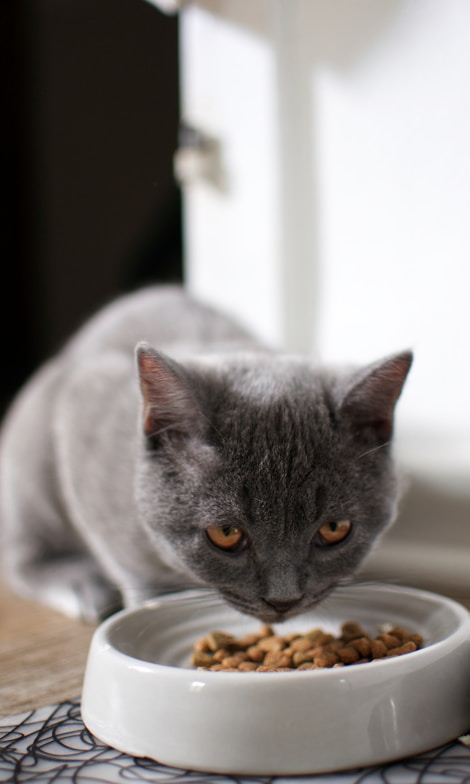Wet or Dry Cat Food: What's Best for Your Feline Friend?
The primary factor determining the health and well-being of cats is their diet. Therefore, it is crucial to monitor what and when they eat. Brands specializing in cat food take into account the physiology of these pets and offer products in various price ranges.
The main factor that determines the health and well-being of cats is their nutrition. That's why it's essential to monitor what and when they eat. Brands specialized in cat food take into account the physiology of these domestic pets and offer products in various price ranges.
When browsing a pet store, we can spend hours choosing food based on its packaging. Manufacturers understand that consumers will first look at the label, so they make it as bright and promising as possible. However, since it's unhealthy for cats to consume large amounts of carbohydrates and legumes, you should first read the content of the food and then examine the design.
Cats are carnivorous, and therefore, they require a special diet. If they are not fed the right food, health problems can arise over time. Fortunately, there are brands specialized in producing healthy cat food that genuinely cares about the well-being of our pets.
As you know, our furry friend needs sufficient vitamins and minerals to maintain a healthy and balanced lifestyle.
It's extremely important to make a reasonable choice of food for your four-legged companion since they cannot distinguish between healthy and unhealthy food. The food you buy will affect their overall health and well-being. Many pet owners alternate between dry and wet food to provide their cats with a balanced and nutritious diet.
Buy only high-quality dry cat food to ensure that it contains natural and safe ingredients. Your cat's diet should include vitamins such as A, D, E, K, C, and B. It should also be rich in calcium, cobalt, copper, fluoride, iodine, iron, magnesium, chromium, zinc, and others.
Usually, cats are fed twice a day, but you should primarily focus on the overall condition of your pet. Observe its activity and behavior to create a feeding schedule. Ideally, the interval between feedings should be between 8 and 12 hours. For example, if the cat ate at 9 AM, the next feeding should start at 6 PM. This doesn't mean that you should starve your cat. If you see it's hungry, allow the animal to have a snack in the afternoon.
It's important to note that all cats have different nutritional needs. This means that not all pets require the same amount of nutrients. Their needs are unique, so their diet should be tailored to their age, health, and physical activity. However, there are a few general guidelines to consider when composing your cat's menu. For instance, if you notice that your cat is losing weight, you will need to increase its daily portions. In other words, you don't have to strictly adhere to the recommended norms to feed your cat.
Provide your cat with fresh water, as dry food lacks moisture. Make sure your pet is not dehydrated because, for example, a mouse contains 70% more water than dry granules. Your cat's diet is not limited to just food. Healthy, nutritious, and balanced feeding should be accompanied by clean drinking water. It's not just about filling the bowl with water; you should also clean it regularly.
Don't feed your pet only dry food. Alternate it with wet food. Before choosing one or the other, you should study their composition (even within the same price category, the ingredients can vary significantly in quality).



